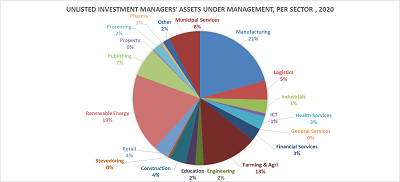
Less is less – B2B procurement
 There is a certain type of businessperson who takes the view that the less she or he pays, the better. This is very modern, if you live in the 1950s or earlier. It is also extremely short-sighted. Strangely, some organisations give this approach either overt encouragement or tacit consent.
There is a certain type of businessperson who takes the view that the less she or he pays, the better. This is very modern, if you live in the 1950s or earlier. It is also extremely short-sighted. Strangely, some organisations give this approach either overt encouragement or tacit consent.
The fact of the matter is that B2B procurement indicates a baseline for scope and quality of service. Value is value, and that value has to be mutual. An underpaid supplier will, inevitably have to either reduce the scope of services, or reduce the quality in order to make up for the opportunity costs, elsewhere.
Although the strategy yields immediate financial gains in terms of savings there are problems to be found elsewhere. The most obvious losses or risks will be in scope and quality, but other risks will become apparent as time passes.
The first hidden risk is the body of experience of the relationship. A supplier who is short-changed regularly will not take the long-term view, and will find an exit.
Losing the supplier deprives the procuring entity of a body of experience that includes understanding of the business, its needs and its environment. If the supplier chooses to exit, the abilities of new suppliers have to be developed, and this can be time consuming. In a pinch, the procuring entity will not be able to be as responsive to requirements of its operating environment, as the supplier will not be responsive due to lack of experience.
The second hidden risk is loss of loyalty. If a procurement strategy is executed successfully, the loyalty of the supplier can become a competitive differential. The quality and scope of the relationship contribute to the quality of the procuring brand. In the event of poor relationships the supplier can switch to the competition, or withhold a full set of services due to the implicit financial loss in the relationship.
The third hidden cost is responsiveness. In the event of unexpected demands, the supplier will delay due to other opportunities that are more profitable. Simply put, if help is needed in a hurry, a valued relationship on the part of the supplier will speed things up.
The fourth hidden cost is price responsiveness. As the supplier becomes more experienced in price negotiations, the supplier will increase costs to deal with the loss that is implicit in the supplier’s side of price negotiations. What this leads to is a situation where the procurement negotiation leads to escalating costs in the long-term for the procuring organisation, rather than the intended cost-cutting measures.
Finding an adequate price for the services of the supplier requires the procuring organisation to put themselves in the shoes of the supplier, and find some empathy.
The baseline price should be based on scope and quality, dictated by experience. A competent procurement process should not just consider the brute requirement but should also be able to project how scope and quality will affect competitiveness. Supplier experience should also be considered.
If the procuring function finds a low-cost source of supply, the price must be considered in terms of quality. Too low a price may not be a matter of economise of scale, but could also reflect various risks entailed in the supplying entity.
There may be a brand component that influences the price, but this can mostly be discarded. The claim, for instance, of global presence may not have much impact if the B2B relationship only has impact on a country level.
The caveat is that there may be budgeting issues that require reallocation of resources, however this should be the exception rather than the rule. If the budget has to be reallocated regularly, there is obviously a serious problem with budgeting and its management.
A strong B2B relationship is an asset to both parties in the transaction, however too many price negotiations are a risk to both the supplier and the procuring entity.














































